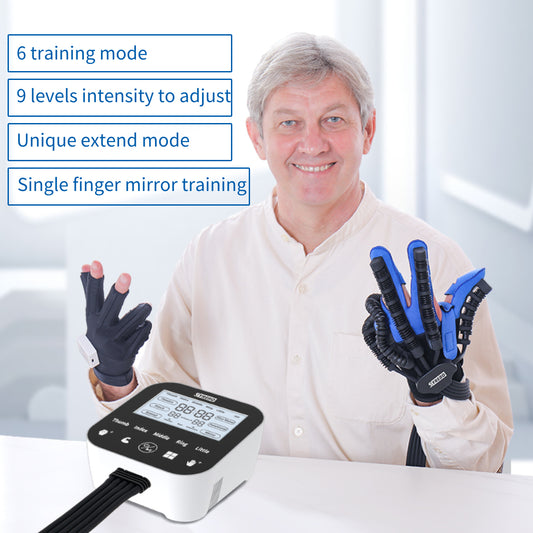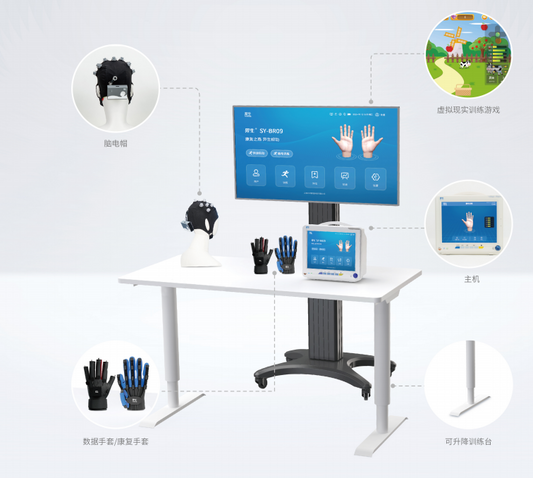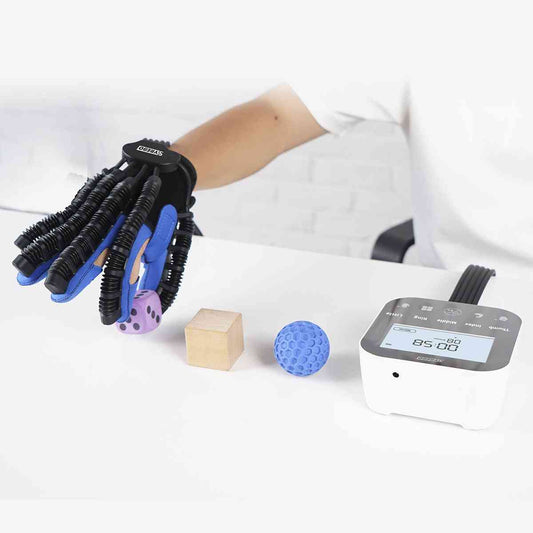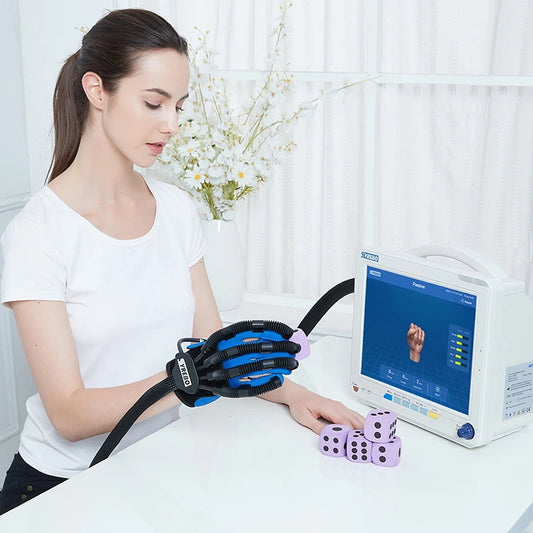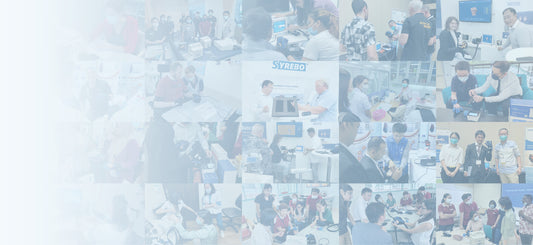Good turnover training makes hemiplegic patients move early
Numerous studies have demonstrated the detrimental effects of extended bed rest following a stroke. This rest significantly impairs the patient's functions, including nerve, bone, muscle, cardiopulmonary function, immune function, mental mood, and cognitive ability. Additionally, it increases the risk of brake-related complications like pressure ulcers, deep vein thrombosis, joint contracture, and muscle atrophy. Furthermore, prolonged inactivity diminishes the patient's neuroplasticity and their potential for functional recovery. Early rehabilitation can help patients seize the best opportunity for recovery, accelerate the pace of recovery, and reduce complications.
Hemiplegic patients spend most of their initial time in bed. Turning is an important part of the early rehabilitation of hemiplegic patients. Turning is essential for early mobilization and avoiding all the complications mentioned above!

The purpose of turning training
- Maintain patient comfort and improve the patient's self-care ability in bed.
- Prevent complications, improve blood circulation in the pressure area, and avoid pressure ulcers;
- Improve the motor function of the affected limbs, train trunk rotation, and relieve spasms.
- Promote the early recovery of patients.
Methods of Turnover Training
The recovery period for hemiplegic patients is divided into three phases based on changes in muscle tone and the patient's ability to move, namely the flaccid phase, the spastic phase, and the improvement phase.
In the flaccid stage, that is, the early stage of hemiplegia, the patient has not yet recovered from the nerve damage, so he or she has no ability to move actively. At this time, the patient's family members need to help the patient turn over passively to induce active movement of the limbs.
In the spastic stage, that is, when the patient's muscle tone is higher, the patient can carry out some active turning movements. At this time, the patient's family should need to look after the patient, not require the patient to turn over too quickly and in too large a quantity, gradually increase the turning movement, and slowly transition to active turning over.
During the improvement period, patients are able to perform active movements at this time, so they should be actively turned under the care of their family members to promote better recovery of motor functions and to inhibit muscle spasms in patients.
How to do a passive rollover
Passive turning means that the health care provider or the patient's family helps to turn the patient. Supine position as the starting position
When the patient is turned over to the affected side from the supine position, the operator stands on the affected side of the patient, the shoulder of the affected side is stretched forward, the elbow and wrist are extended, the operator holds the palm of the patient's affected side with one hand and pulls the healthy hand with the other hand to turn the patient over to the affected side with a little force, and then places the affected limb in a good position. Pay attention to protect the affected upper limb.
When turning from the supine position to the healthy side, the operator stands on the healthy side of the patient, bends the lower limb of the paralyzed side to the knee, places both hands of the operator on the shoulder and hip of the paralyzed side to turn the patient to the healthy side, and then places the affected limb in position.
How to do an active rollover
Active turning is when the patient turns over on his or her own. Again, the supine position is the starting position.
When the patient turns over to the affected side from the supine position, the patient crosses the fingers of both hands in a clasped position, puts the thumb of the affected hand on the thumb of the healthy hand, stretches the upper limbs upward, bends the knees, swings the upper limbs to the healthy side, then swings them to the affected side, repeats this swing a few times, and then rolls the body over to the affected side with the help of inertia. You can also fix a cloth belt or place a bedrail beside the bed, and the patient can hold the cloth belt or bedrail with a healthy hand and turn the body to the affected side with the help of force.
When turning over to the healthy side from the supine position, use the healthy hand to flex the upper limb of the affected side in front of the chest, hold the elbow of the affected side with the healthy hand, insert the healthy leg under the affected leg, and turn the body to the healthy side at the same time, and then use the healthy leg to move the affected side to turn over to the healthy side in the same way.
Caveat
- Turning training needs to be performed once every 1~2 hours, alternating between the supine position, the affected side position, and the healthy side position.
- Turning training movements should be standardized and correct. If the movement is not standardized and correct, it will cause the patient to have difficulty turning over and will also not effectively relieve the pressure on the back.
In conclusion, turning training is important restorative and therapeutic rehabilitation training for hemiplegic patients. It requires the patient's family members to help or watch over the patient to change the body position several times. In the training, it should be gradual and not too hasty.


